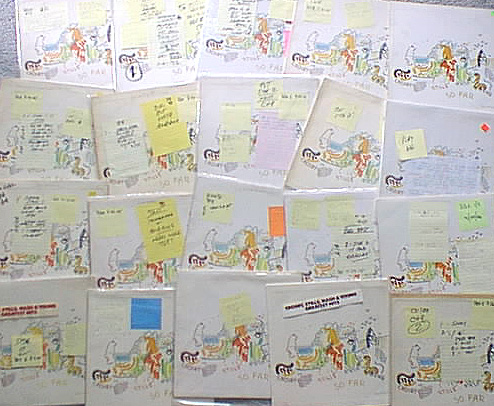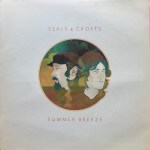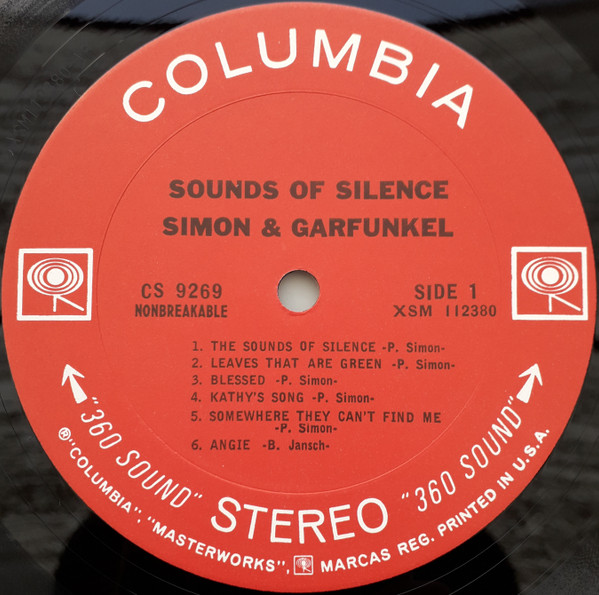 More of the Music of The Eagles
More of the Music of The Eagles
Reviews and commentaries for The Long Run
All the original domestic pressings are cut by Ted Jensen at Sterling.
You can find TJ and STERLING on every last one of them (with the notable exception of the SRC pressings, best avoided). What you can’t find is good sound on every last one of them.
The most common stampers can be found from pressing plants using the following label designations: MON, PRC, PRCW, AR and SP.
In our experience, two of the five labels listed above have the potential to win shootouts. Two of the others tend to end up somewhere in the middle of the grading curve. One consistently ends up at the bottom.
It’s important to keep in mind that in our shootouts, the person hearing the copy being played, the one noting its strengths and weaknesses, has no idea what pressing plant actually produced the record, or what its specific stampers numbers might be.
That kind of information is compiled after the grading has been done. That’s when these patterns emerge.

The domestic pressings with the stampers shown above have not done well in our shootouts for years now. If you own a copy with these stampers, or ones like them, the good news is that we can get you a much better sounding copy of The Long Run than you have ever heard. It won’t be cheap, but we guarantee that it will be very, very good.
Stamper numbers are not the be-all and end-all in the world of records, but after hearing too many copies with these stampers and less than stellar sound, from now on we are going to focus our attention on the stampers that do well and leave copies with these markings sitting in the bins.
Stampers
That the stampers are entirely responsible for the quality of any given record’s sound is a mistaken idea, and a rather convenient one when you stop to think about it. Audiophiles, like most everybody else on this planet, want answers, the simpler the better. Easier to memorize that way.
But in the world of records, answers, simple or otherwise, are fairly hard to come by.
There is only the hard work that it takes to come up with the best answer you can under your present circumstances, and by that we mean: your present equipment, your present tweaks, your present room, your present electrical quality, your present listening skills, your present table setup, etcetera, etcetera.
Not to mention the present condition of your ears.
With every change to your system, the record you used to like the best could turn out to be second-rate compared to the record you used to think was second-rate but has now become first-rate. What changed? Who knows?
This, of course, drives most audiophiles crazy, so they ignore or downplay their own inconvenient findings. Instead they refuse to believe their own two ears!




 But most people will never know what they’re missing on Helplessly Hoping, because they will never have an amazing sounding copy of the album. The hot copies are just too rare.
But most people will never know what they’re missing on Helplessly Hoping, because they will never have an amazing sounding copy of the album. The hot copies are just too rare.

 Best and Worst Tracks
Best and Worst Tracks
